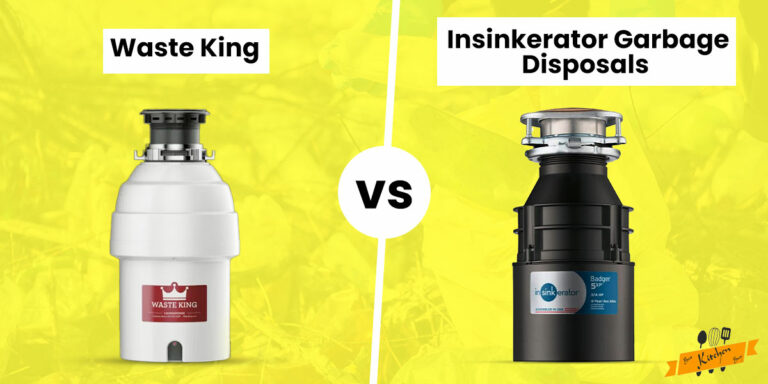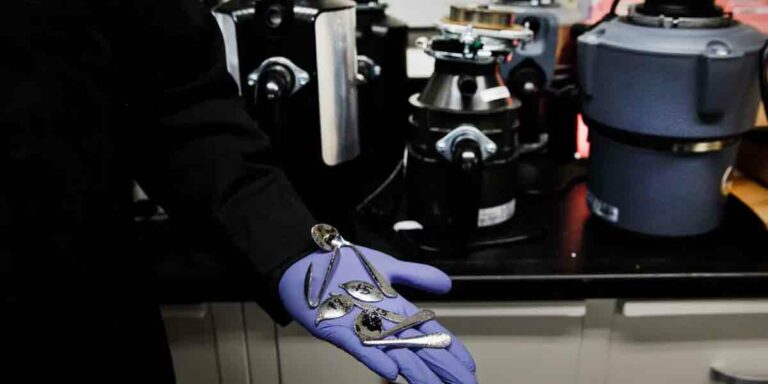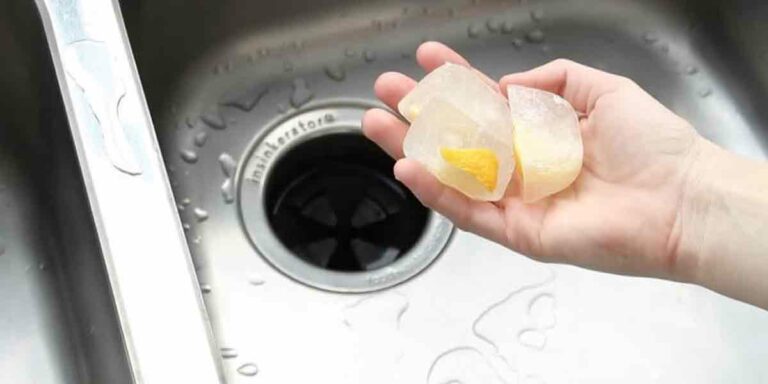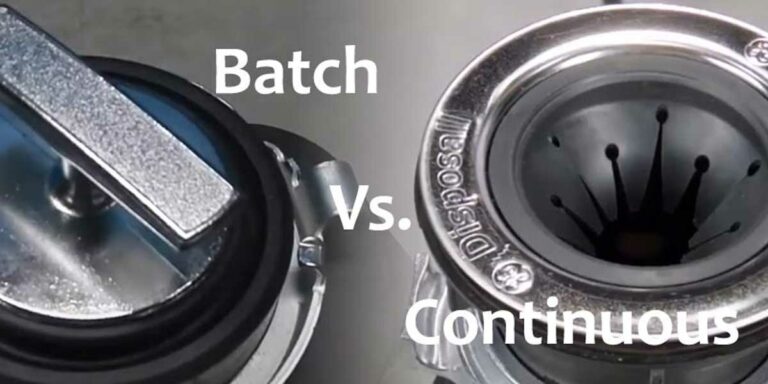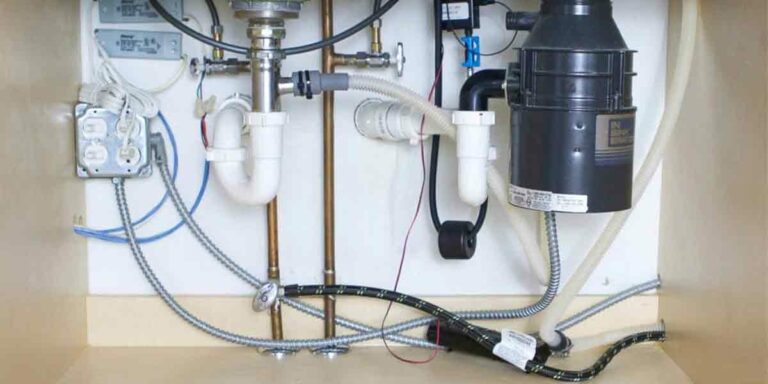Homemade Septic Tank Treatment

Septic tanks are a lifesaver for many households around the world. It is a dependable source for disposing of household wastes other than the sewer system. And it goes without saying, to keep your septic system running smoothly, you must take proper care of it. Specific septic system treatments are available to help maintain your tank, but many people find them to be costly, inconvenient, and potentially aggressive.
Furthermore, you must adhere to strict instructions considering the use of chemicals and cleaning supplies, as well as instructions regarding septic tank do’s and don’ts, in order to avoid problems with clogging, backing up, or odor. In this article, we will discuss how to make a homemade septic tank treatment and some home remedies for septic tanks for a minimal price and with satisfactory results.
DIY Septic Tank Treatments
Instead of wasting a lot of money on artificial septic tank cleaners, you can make them using natural ingredients that are easily available in your home and make your own homemade septic tank bacteria. Following are the list ingredients and methods you will need to make your own septic tank treatment.
1. Using Yeast
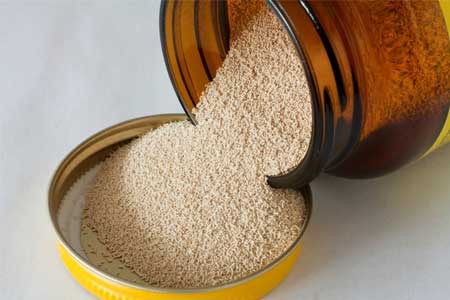
This is an effective home remedy for septic tank. The primary objective is that it’s a less expensive way to add live bacteria to your tank than buying store-bought treatments. Some of those products are distinguished by the addition of enzymes designed specifically to break down fats, oils, and grease.
Ingredients you will need:
- ½ gallon water
- 2 ½ cup water
- 2 ½ cups cornmeal
- 4 packages of dry yeast
Steps:
- To begin, fill a half-gallon pot halfway with water and add two and a half cups of sugar. Stir to dissolve the sugar and bring it to a boil. After that, let it cool down. The ideal temperature is 95 degrees. It is 105-110 degrees for active dry yeast.
- Add two and a half cups of cornmeal after the liquid has cooled.
- Add 4 packages of dry yeast and let it dissolve in this mixture for several minutes. Pour the solution into the toilet and flush it. If the tank becomes full, repeat the process. Do not flush the toilet for 6 to 8 hours.
- Another point of view suggests simply pouring half a cup of yeast into your tankless toilet and flushing. Although it appears to be simpler, the sugar and cornmeal solution is far more effective.
2. Using Tomatoes

- This home remedy suggests “feeding” your septic tank with rotten tomatoes while the water is running through your garbage disposal. The idea is that adding fermenting tomatoes will help to balance the PH level of the septic tank.
- Make sure the water is running and the tomatoes are properly mashed. Flush one or two rotten tomatoes at the same time. If you don’t have a garbage disposal, simply place a few rotten tomatoes in the bag you used to store the tomatoes. In the bag, crush the tomatoes and cut them into small pieces. Now flush the toilet without using any bleach.
- It’s important to remember that your toilet isn’t capable of flashing large chunks. Check to see if the pieces are small enough to be flashed. To make things easier, chop them up or put them in a blender. If not, you may have to deal with the clogging.
- This procedure can be repeated every three months. This is a great example of reusing waste to achieve a high-quality result at no cost.
3. Using Baking Soda
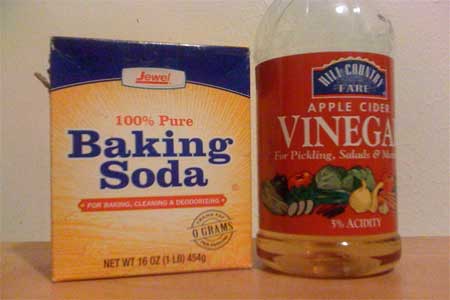
- Baking soda is an all-natural cleaner and is very easily available. It works to unclog any blockages and scour the lines as it passes through your septic lines. Although blockages often get resolved without much hassle, it is best to avoid them altogether. Installing a garbage disposal for septic tank maybe the first step towards it .
- You’ll need baking soda, vinegar, and lemon. First, combine one-fourth cup baking soda with half a cup vinegar and pour into the toilet. Then pour in two tablespoons of lemon juice. When baking soda and vinegar are combined, a chemical reaction occurs, which causes it to heat up and aid in the breakdown of dirt. This solution will clean the toilet and, after flushing, the system’s pipes.
Should You Use Rid X For Septic Tank Treatments?
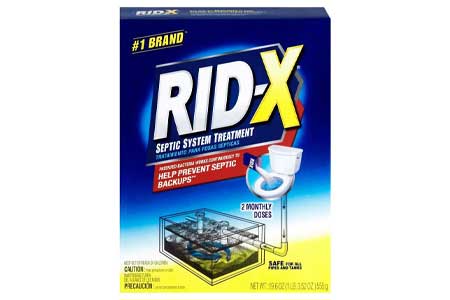
The purpose of septic tank treatment is to decompose household waste using bacteria and natural enzymes. It aids in the maintenance of healthy bacterial levels in the septic tank.This treatment method is intended to be flushed into the toilet once a month in order to keep the septic tank system operating normally.
Rid-X contains enzymes in a much stronger form. However, due to their small size, these particles do not settle to the bottom of your septic tank. The drain field will soon become clogged and will need to be replaced. Furthermore, if they enter the water system, they can cause some serious damage.
Septic Tank Maintenance Tips
If you don’t know what you’re doing, septic systems can be difficult to maintain. If you feel that your toilets aren’t flushing properly or that your pipes could be cleaned, adding harsh chemicals to your septic system can disrupt the naturally occurring biome of bacteria that keeps your system running smoothly. There are numerous other ways to keep your septic system in perfect condition, in addition to regular monthly septic tank treatments. To avoid a backup, you should have your system pumped out on a regular basis.
It may seem obvious to keep tampons, sanitary towels, and any wet wipes out of your septic tank, but it’s also important to keep oils, grease, and food waste from your garbage disposal to a minimum. It’s also a good idea to avoid using harsh antibacterial cleaners near your drains because they can enter your septic tank and interrupt the bacterial balance. If a blockage occurs in a drain, it is preferable to use a drain snake or plunger to remove it rather than using chemicals to dissolve it. Septic tanks must be handled with caution to remain safe and reliable.
Conclusion
Basically, the septic system is capable of maintaining its balance on its own. These are the remedies and tips to help you solve and prevent problems, as well as make your septic tanks last longer, without spending hundreds of dollars or hours of effort. And the best part is that you probably already have all of the ingredients on hand.


